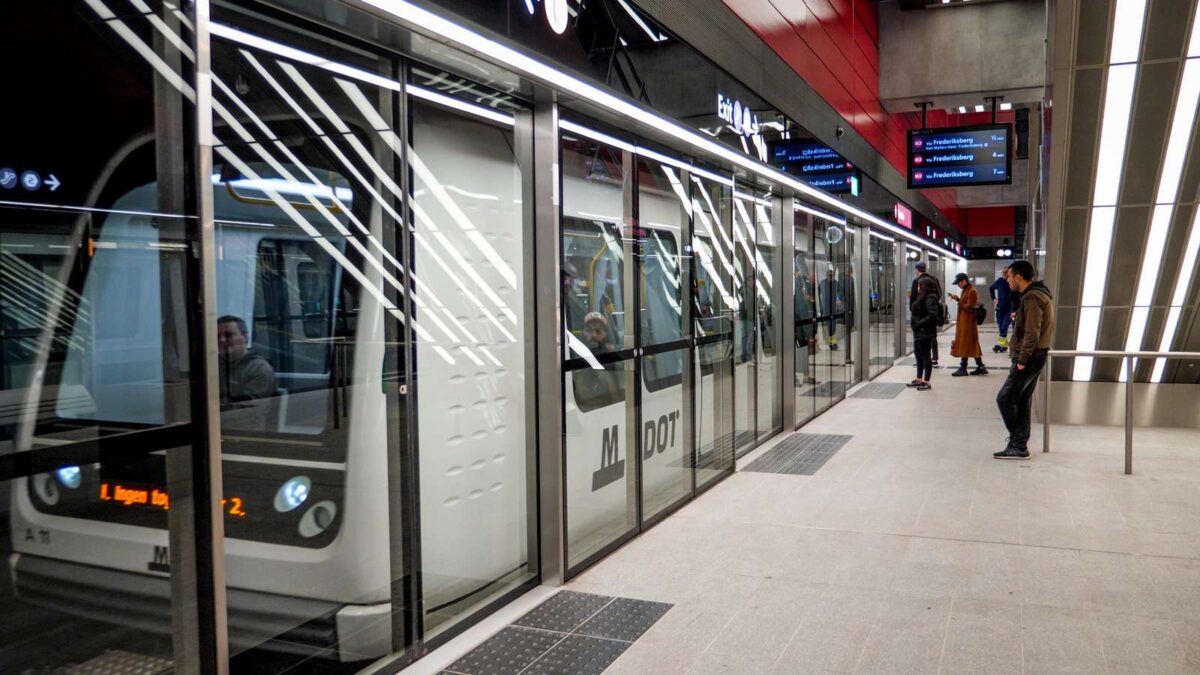Welcome to Copenhagen! If you’re new to the city, one of the first things you’ll need to figure out is how to get around. Luckily, the Copenhagen public transport system is efficient, reliable, and easy to navigate – once you get the hang of it.
This guide will walk you through everything you need to know about using buses, trains, and bikes in Denmark’s capital. With this information you can explore your new home with ease and confidence.
Why Make Use of Copenhagen Public Transport System?
First off, why should you consider using public transport instead of driving or walking everywhere? Well, Copenhagen is one of the most bike- and transit-friendly cities in the world. The city’s metro, buses, and trains are well-connected and run frequently, making them a great choice for daily commutes or weekend adventures.
Plus, if you’re living in Denmark, you’ll soon notice that using public transport is part of the local lifestyle – whether it’s commuting to work or heading out for an evening filled with hygge.
The public transport system is also eco-friendly, which fits right in with Denmark’s sustainability goals. So, not only will you be saving money and time, but you’ll also be doing your bit for the environment!
Understanding The Copenhagen Public Transport Network
Copenhagen’s public transport is mainly divided into four parts:
- The Metro
- Trains (S-tog)
- Buses
- Harbor buses
Each has its strengths, and you’ll likely find yourself using a combination of these depending on where you’re going.
The Metro
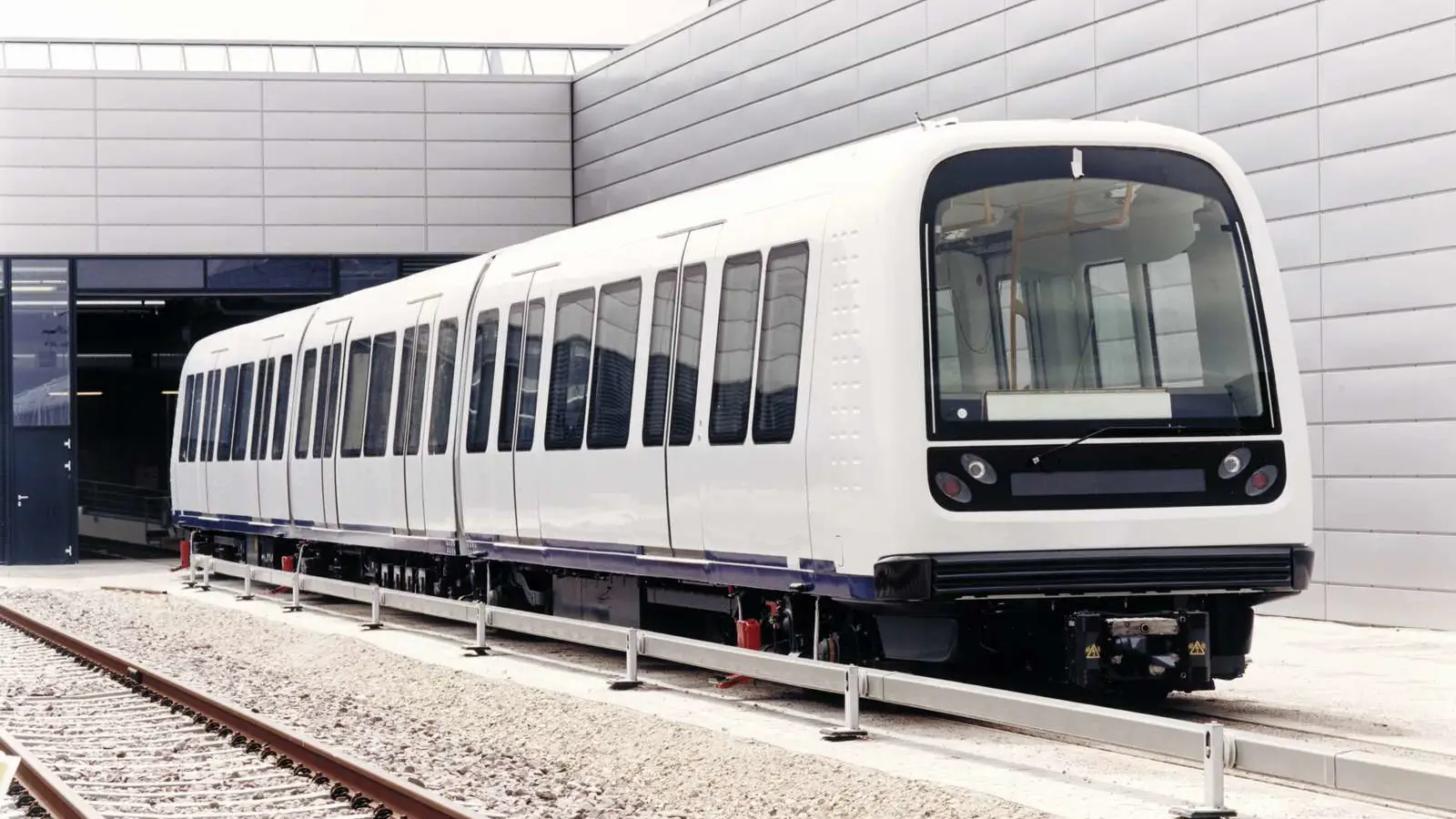
The Copenhagen Metro is the easiest way to get around, especially if you live near the city center. The metro system has four lines: M1, M2, M3 (the City Circle Line), and M4. It’s a clean, fast, and driverless service, running 24/7, which is incredibly convenient if you’re out late or have an early morning flight to catch.
For tourists visiting, the City Circle Line (M3) is especially useful -it loops around central Copenhagen and stops at major neighborhoods like Nørrebro, Vesterbro, and Østerbro. Also, if you’re traveling with luggage or a stroller, the metro is your best bet because of its spacious design and easy access to elevators.
Trains (S-tog)
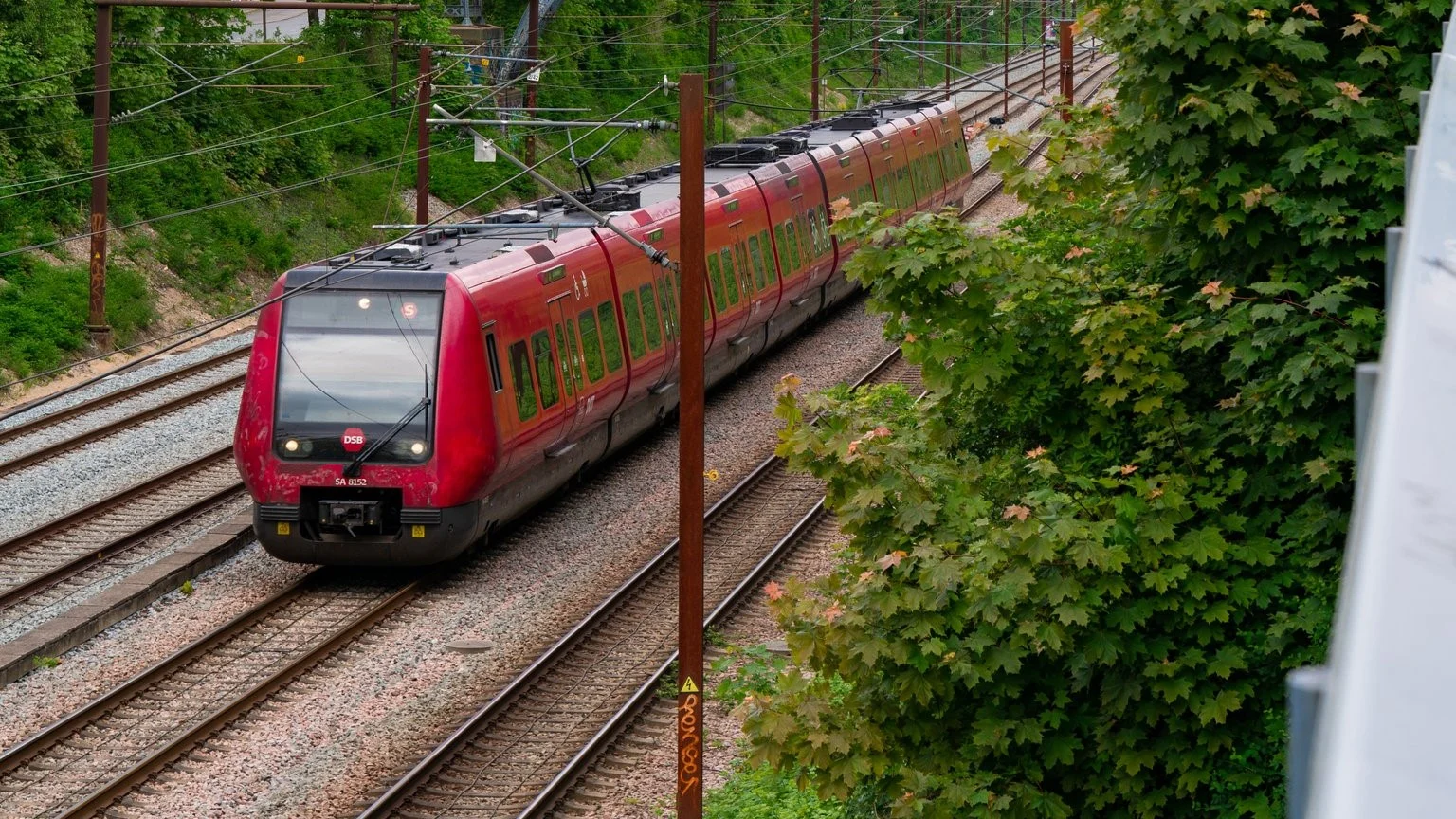
The S-train is perfect if you need to travel longer distances within the Greater Copenhagen area. The S-train connects the city center with suburban areas. This is a great option if you live a little outside of the city, like in Hellerup, Lyngby, or Gentofte.
The trains run frequently during the day, with fewer services during late evenings and weekends. You can also take your bike on the S-train for free, which is handy if you like cycling but want to avoid pedaling long distances.
Make sure you keep an eye out for the “A”, “B”, “C”, and other lettered lines on the S-train network -they indicate different routes, but all lines eventually connect back to the central hub at København H (Copenhagen Central Station).
Buses
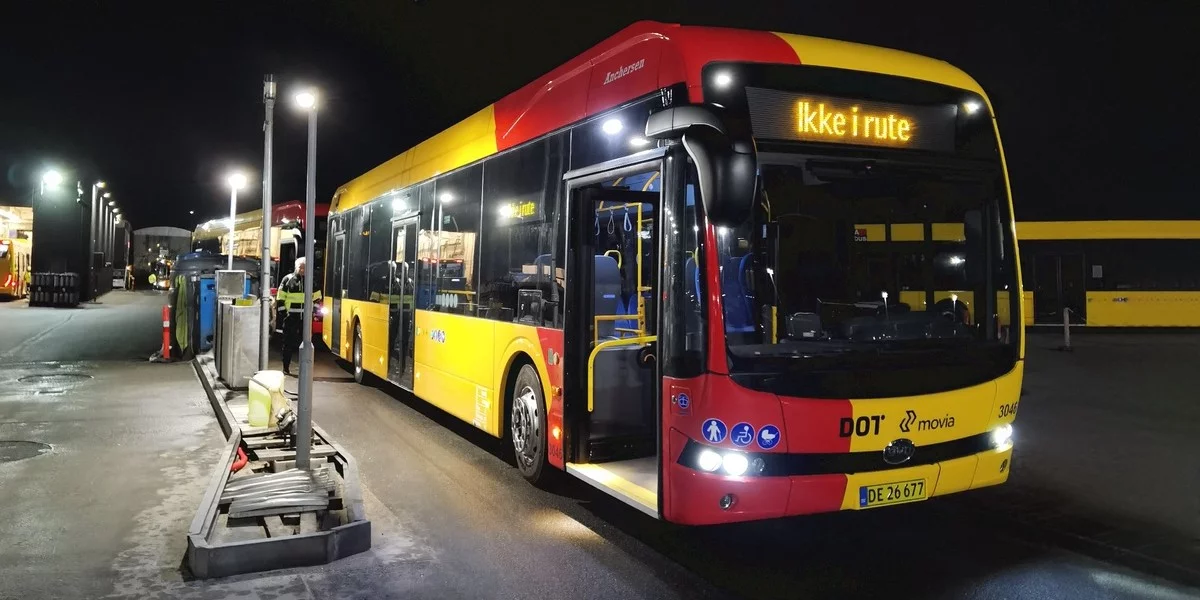
While the metro and trains cover a lot of ground, buses are the backbone of Copenhagen’s transport system. They fill in the gaps where train or metro lines don’t reach. The buses run throughout the city and are especially useful for reaching neighborhoods like Amager, Valby, or Sydhavnen.
Bus stops are well-marked, and each stop has a digital display showing arrival times. Buses run from early morning until around midnight, with night buses (marked with an “N”) taking over during the late hours.
For a more scenic ride, hop on a harbor bus (water bus) that sails along the harbor and offers beautiful views of the waterfront.
Harbour buses
The harbour buses in Copenhagen are a convenient and scenic mode of public transportation, operated as part of the city’s integrated transit system. These ferry-like boats sail along the main waterways, connecting key points such as Nyhavn, the Opera House, and Islands Brygge. They provide an alternative to traditional buses and trains, offering stunning views of the harbor and iconic landmarks.
Environmentally friendly, with some electric-powered boats, the service is popular with commuters and tourists alike. Harbour buses operate year-round, with schedules synced to other public transit options, making them an efficient and enjoyable way to navigate Copenhagen.
Tickets and Zones: How to Get the Right Fare
The Copenhagen public transport system uses a zone system for tickets, and understanding it is key to not overpaying for your journey. Here’s how it works:
Zones
The entire city and its suburbs are divided into zones. The city center and most tourist attractions fall within Zones 1 and 2, while areas further out, like the airport or suburban towns, are in higher-numbered zones.
If you’re mainly traveling around central Copenhagen, you’ll only need a 2-zone ticket. But if you plan to visit places like the airport (Zone 4), make sure you buy a ticket that covers all the zones you’ll pass through.
Ticket Types
Copenhagen’s public transport system has a lot of ticketing options that fits into various needs and budgets. They include:
- Single tickets
- 24-hour tickets
- Multi-ride tickets
You can buy tickets directly from ticket machines at metro and train stations, use the DOT ticket app on your smartphone, or get a Rejsekort.
The Rejsekort is a rechargeable travel card that gives you a discount on each trip compared to single-use tickets. You just tap in when you board and tap out when you get off, and the system calculates the correct fare automatically.
For internationals staying long-term, the Rejsekort saves you the hassle of buying tickets every time you travel and helps you avoid fines if you end up in the wrong zone.
Copenhagen Public Transport Online Apps
There’s no need to stress about memorizing routes or schedules. A few apps and websites can make navigating Copenhagen’s public transport a breeze:
- Rejseplanen: This app is like your personal guide to the Danish transport system. It helps you plan your route, showing the fastest ways to get from point A to point B using any combination of buses, trains, and metro.
- DOT Mobilbilletter: This app is great for buying single-use tickets on the go. You can pay directly through the app, making it a convenient option if you’re out and about without a Rejsekort.
- Google Maps: Google Maps integrates well with Copenhagen’s public transport system, showing real-time schedules and the best routes. Just type in your destination and let it guide you.
Consider watching the video below to learn more about all the apps that will help you getting the most out of your stay in Copenhagen and Denmark.
Biking: A Perfect Complement to Copenhagen Public Transport
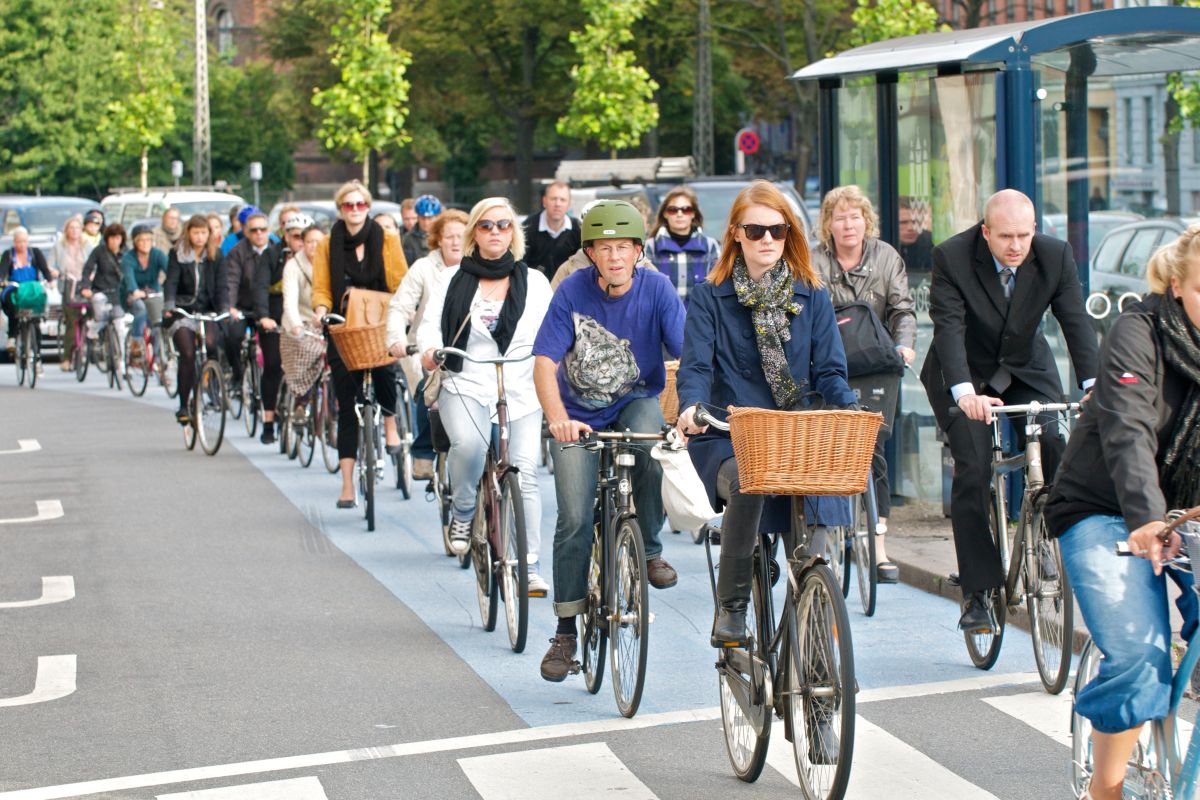
While buses, trains, and the metro cover a lot of ground, Copenhagen is also one of the best cities in the world for cycling. The bike lanes are wide, well-maintained, and respected by both drivers and pedestrians. You’ll notice that many locals combine biking with public transport -taking the S-train or metro with their bike and cycling the rest of the way.
If you are new to biking in the city or are not ready to commit to buying a bike yet, you can easily rent a bike from one of the many rental shops or use Bycyklen, the city’s electric bike-sharing system. You pay by the hour, and the electric assist makes it easier to tackle longer routes. This is a great way to explore at your own pace and get some fresh air while avoiding crowded buses or trains.
Read our article on biking and cycling rules Denmark, or watch this video below to get a quick intro.
Tips for Using the Copenhagen Public Transport System
- Mind the Etiquette: Danes appreciate order, so make sure to respect the queue when boarding buses and trains. Also, keep conversations at a moderate volume -it’s part of the unspoken code of public transport here.
- Check the Weather: Danish weather can be unpredictable, so it’s always good to have a plan B. If you’ve planned to cycle and it suddenly starts pouring, the metro or bus might be your best backup option.
- Explore Beyond the City: The public transport network extends well beyond Copenhagen, making it easy to take day trips to places like Roskilde, Helsingør (home to Kronborg Castle), or even Sweden via the Øresund train. As an international or tourist, this is a great way to see more of Denmark without needing a car.
Final Thoughts on Using Copenhagen’s Public Transport System
With a bit of planning and the right tools, getting around Copenhagen is easier than you might think. The system is fast ,reliable and cost effective around the city.
Always make sure to buy your tickets in advance and create an itinerary for your journey in advance. Be sure to buy a valid ticket and always validate your ticket at the entrance. Use the Rejseplanen website/mobile app to plan your journey and consider purchasing the Rejsekort if you move around frequently.
Don’t forget to take precautions when traveling especially during rush hour and make sure you’re mindful of your environment. In case you have any questions, proceed to ask your fellow passenger or the public transport staff.
Overall, the Copenhagen Public Transport System is well equipped, functional and accessible for tourists and locals alike. Feel free to go out and discover what this beautiful city has to offer.
